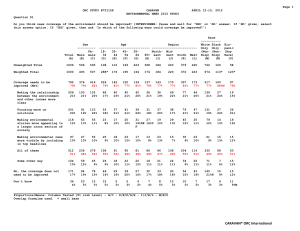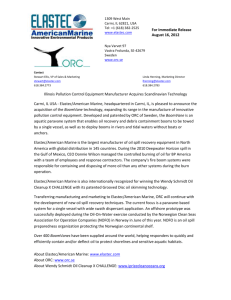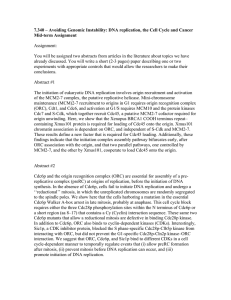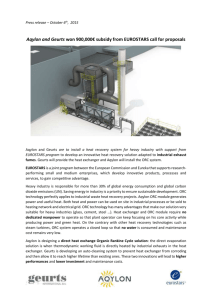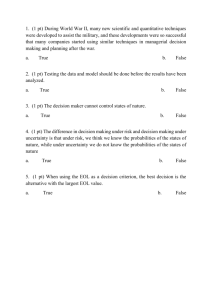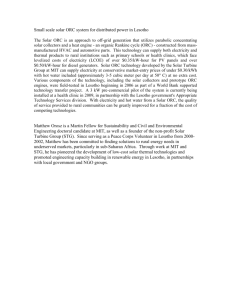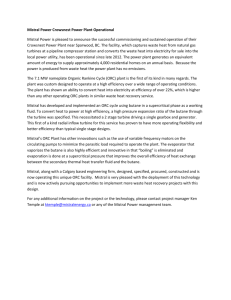Characterising a novel zinc-finger protein CG9890 and its in vivo
advertisement
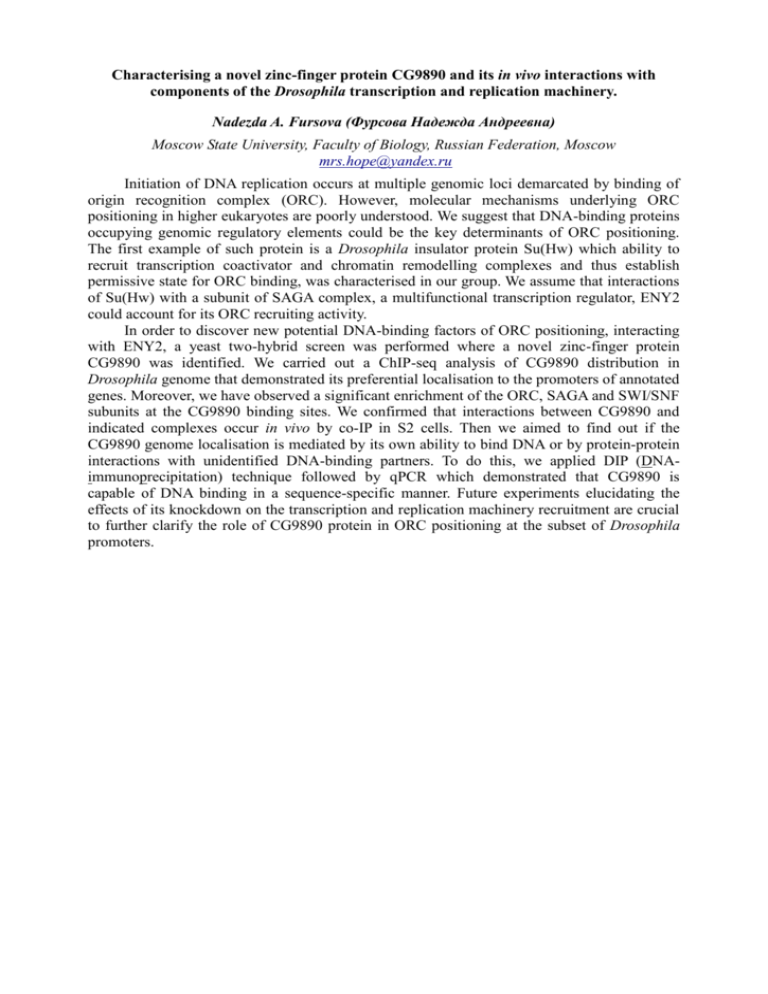
Characterising a novel zinc-finger protein CG9890 and its in vivo interactions with components of the Drosophila transcription and replication machinery. Nadezda A. Fursova (Фурсова Надежда Андреевна) Moscow State University, Faculty of Biology, Russian Federation, Moscow mrs.hope@yandex.ru Initiation of DNA replication occurs at multiple genomic loci demarcated by binding of origin recognition complex (ORC). However, molecular mechanisms underlying ORC positioning in higher eukaryotes are poorly understood. We suggest that DNA-binding proteins occupying genomic regulatory elements could be the key determinants of ORC positioning. The first example of such protein is a Drosophila insulator protein Su(Hw) which ability to recruit transcription coactivator and chromatin remodelling complexes and thus establish permissive state for ORC binding, was characterised in our group. We assume that interactions of Su(Hw) with a subunit of SAGA complex, a multifunctional transcription regulator, ENY2 could account for its ORC recruiting activity. In order to discover new potential DNA-binding factors of ORC positioning, interacting with ENY2, a yeast two-hybrid screen was performed where a novel zinc-finger protein CG9890 was identified. We carried out a ChIP-seq analysis of CG9890 distribution in Drosophila genome that demonstrated its preferential localisation to the promoters of annotated genes. Moreover, we have observed a significant enrichment of the ORC, SAGA and SWI/SNF subunits at the CG9890 binding sites. We confirmed that interactions between CG9890 and indicated complexes occur in vivo by co-IP in S2 cells. Then we aimed to find out if the CG9890 genome localisation is mediated by its own ability to bind DNA or by protein-protein interactions with unidentified DNA-binding partners. To do this, we applied DIP (DNAimmunoprecipitation) technique followed by qPCR which demonstrated that CG9890 is capable of DNA binding in a sequence-specific manner. Future experiments elucidating the effects of its knockdown on the transcription and replication machinery recruitment are crucial to further clarify the role of CG9890 protein in ORC positioning at the subset of Drosophila promoters.
